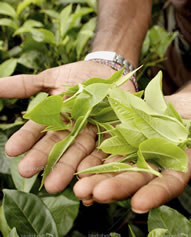Anti-Fungal<<< Click here to go back
 ABSTRACT:
ABSTRACT:
Since the 1950s, antifungal drug discovery has identified three classes
of natural products (griseofulvin, polyenes and echinocandins) and four
classes of synthetic chemicals (allylamines, azoles, flucytosine and
phenylmorpholines) with clinical value against fungal infections. For
life threatening fungal disease, the polyene amphotericin B is still
a common choice despite toxic side-effects.
The azoles remain the most widely used group of anti fungal's active against a wide range of mycoses, benefiting from creative chemistry to boost their effectiveness. More recently, the echinocandins show great promise, with caspofungin licensed for clinical use in 2002 and two other molecules close to registration. New advances in molecular genetics afford the promise of revealing new antifungal targets, together with new agents to inhibit those targets specifically.
WHAT IS ANTI-FUNGAL:
An antifungal medication is a pharmaceutical fungicide used to treat mycoses such as athlete's foot, ringworm, candidiasis (thrush), serious systemic infections such as cryptococcal meningitis, and others. Such drugs are usually obtained by a doctor's prescription or purchased over-the-counter.
For more information on Anti-Fungal click the pdf's below:
 Anti Fungal Activity of Allicin and Fluconazole
Anti Fungal Activity of Allicin and Fluconazole
 Antifungal Activity of Allicin and Drugs
Antifungal Activity of Allicin and Drugs
 First Paper on Anti-Fungal Activity of Allicin
First Paper on Anti-Fungal Activity of Allicin